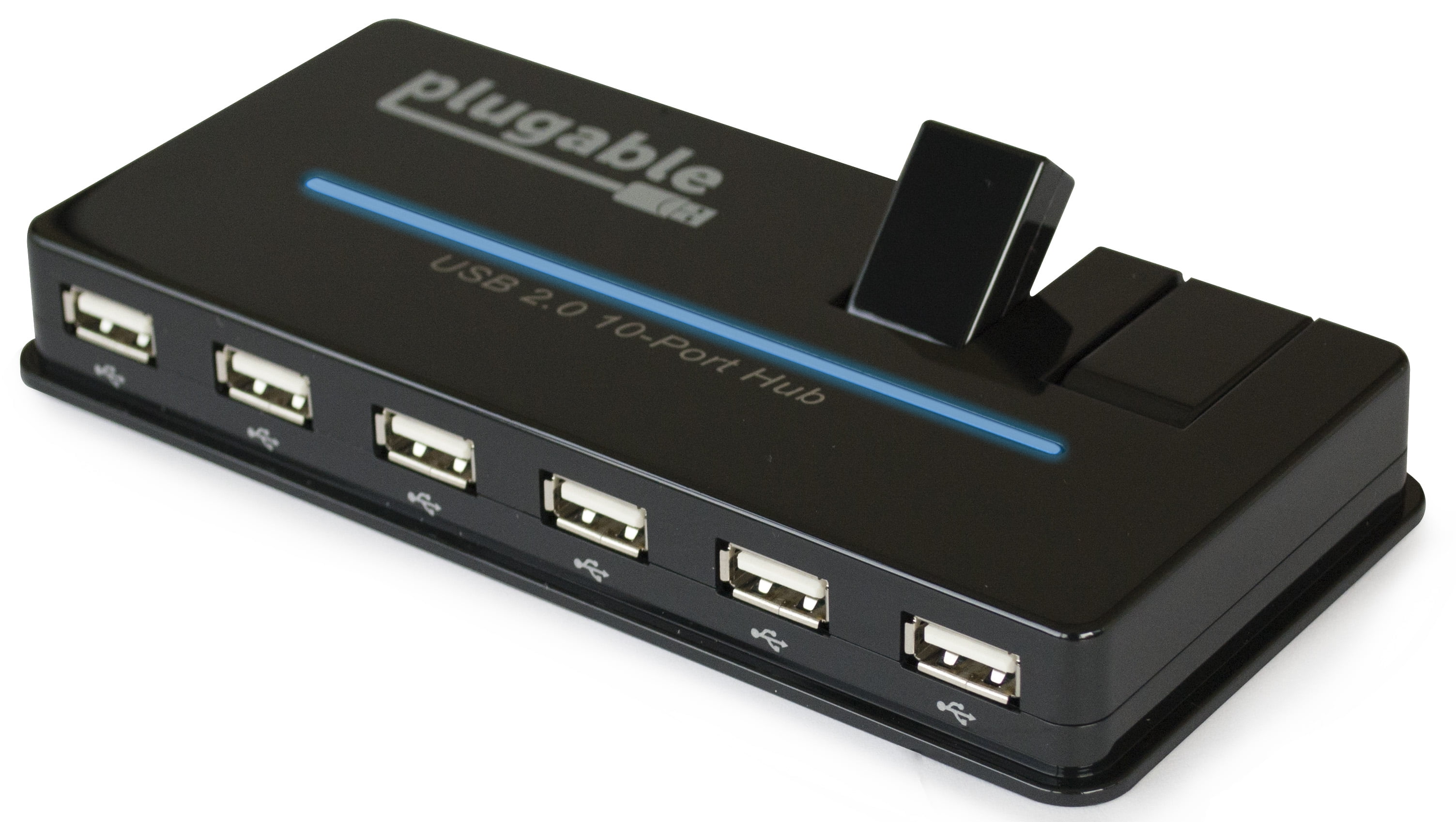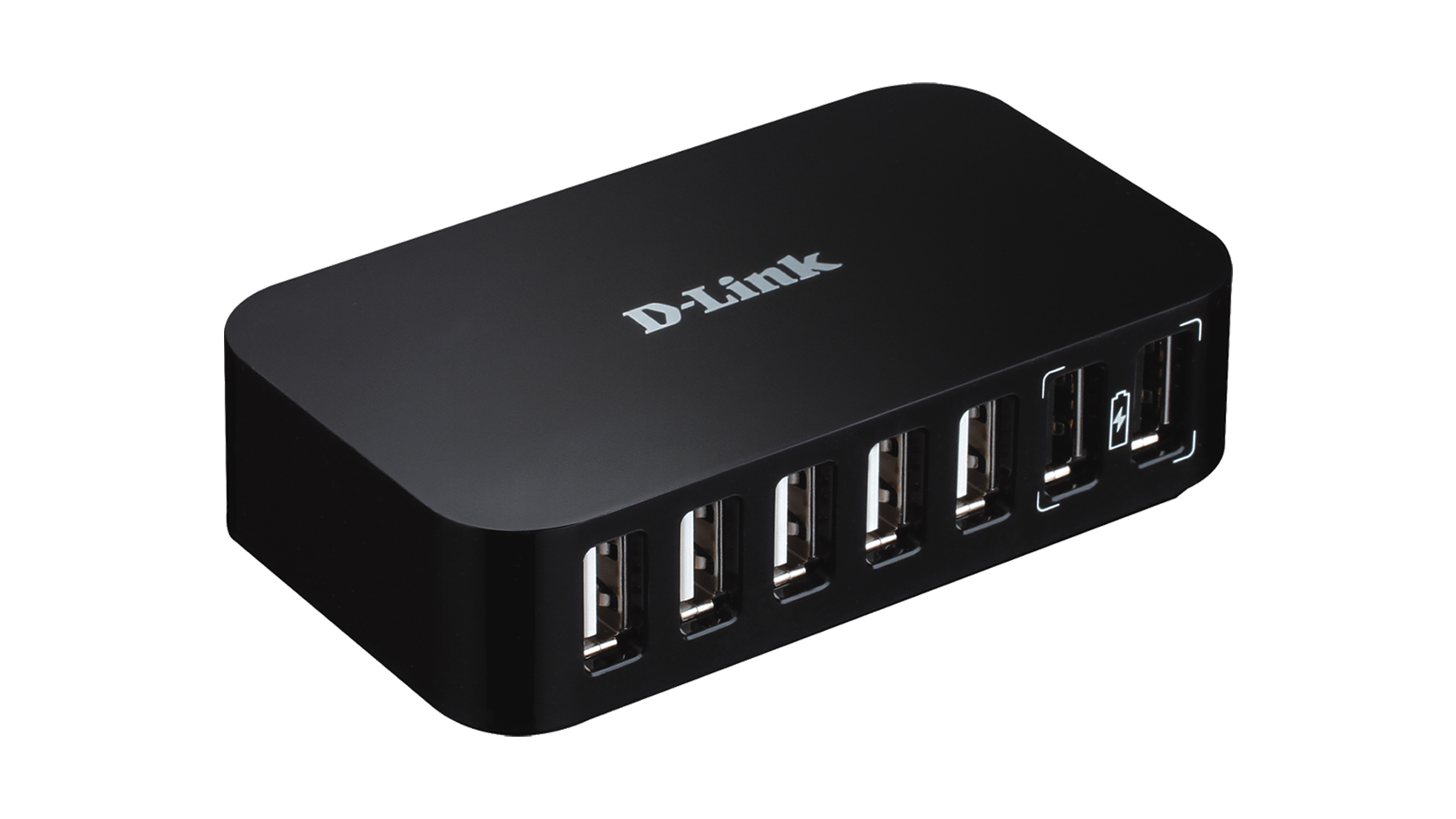Discovering The HD 4U Hub: Your Guide To High-Definition Clarity
Have you ever wondered what makes your favorite shows look so crisp, or why some movies just seem to pop off the screen? It's all about high definition, and a concept like the `hd 4u hub` is pretty much at the heart of how we experience media these days. This whole idea of seeing things in amazing detail has really changed how we enjoy everything, from a quiet night in with a film to those big, exciting gaming sessions. So, what does it all mean for you, the person watching or playing?
When folks talk about "HD," they're often thinking about "HDTV," which is short for High Definition Television. This is a big step up from older ways of watching TV, bringing a lot more visual information to your screen. It means the picture you see is much clearer, with finer details and more vibrant colors. If you've ever downloaded a movie that says "HD高清版" online, that means it came from an HDTV source, offering a much better viewing experience.
Understanding what makes something high definition, and how a concept like the `hd 4u hub` fits in, can really help you get the most out of your home entertainment setup. We're talking about everything from the number of tiny dots that make up your picture to the way sound travels to your ears. It's about getting a richer, more engaging experience every single time you press play, so you can really feel like you're part of the action, or just enjoying something truly beautiful.
Table of Contents
- Understanding High Definition: What HD Really Means
- Visuals: Making the Most of Your Display
- Sound: The Other Half of the Experience
- The HD 4U Hub in Your Daily Life
- Frequently Asked Questions About HD and 4K
- Bringing It All Together
Understanding High Definition: What HD Really Means
When we talk about high definition, or HD, it's pretty much all about how clear and detailed a picture is. Think of it like a very fine painting compared to a rough sketch. The more detail, the better it looks, right? That's what HD aims to do for your screens. It's a big jump from older, less detailed pictures, giving you a much more engaging view of your favorite content, so you can actually see so much more.
The CEA Standard for Ultra HD
For something to be called "Ultra HD," or UHD, there are some very specific rules it needs to follow. The Consumer Electronics Association, or CEA, has laid out these requirements. They say that a display, like a TV or a monitor, has to have at least eight million actual pixels. That's a lot of tiny dots making up your picture, you know?
Specifically, this means a resolution of 3840 by 2160 pixels. This is a pretty big number. It means there are 3840 dots going across the screen and 2160 dots going down. This kind of density really helps make images look incredibly sharp and lifelike, without changing the screen's resolution itself. It's a clear standard for what truly high-quality displays should offer.
Resolutions: HD, 4K, and Beyond
When you're looking at screens, you'll often see numbers like 1080P and 2160P. These numbers refer to the resolution, which is how many lines of pixels make up the picture. 1080P is what we usually call HD, or High Definition. It's a good, clear picture that many people are used to, and it's still quite good, you know?
Then there's 2160P, which is also known as 4K UHD. This is a much higher resolution, meaning even more pixels and even more detail. If you're using a 4K television right now, choosing 2160P content is pretty much the best way to get the clearest picture possible. It's a really big difference, especially on a larger screen, so it's something to consider.
It's worth noting that not all content is available in 4K. Some older films, for example, like "Kung Fu Hustle" by Stephen Chow, might not have been made in 4K. So, even if you have a 4K TV, those older movies might only show up in 1080P or even a lower resolution. That's just how it is with some classic content, you know?
Common high-definition resolutions include 720P, 1080P, Blu-ray quality, 2K, and 4K. To give you a bit of an idea, a screen with a resolution of 1024 by 768 pixels means there are 1024 pixel points on each horizontal line, and there are 768 such lines. This makes for a grid of pixels that creates the image you see, so it's a pretty simple way to think about it.
Visuals: Making the Most of Your Display
Getting a great visual experience is more than just having a screen with lots of pixels. It also involves how those pixels are actually put to use, and what kind of hardware is helping them along. It's a bit like having a really good canvas, but also needing the right brushes and paints to make a masterpiece, you know? It's all connected.
Picking the Right Screen for You
Choosing a display can feel like a bit of a task, with so many options out there. This article, which gets updated regularly, helps people pick the best monitors for different price ranges. It looks at how prices change, when new items come out, and what offers the best value. So, if you're thinking about getting a new screen, keeping an eye on these kinds of updates is a good idea, you know?
If you're ever looking for recommendations, it's always good to check out reliable sources. For instance, someone like @七胧组长 on platforms like Zhihu, a popular Chinese online community for questions and answers, often shares helpful guides. Zhihu itself is a great place where people share knowledge, experiences, and thoughts, helping others find what they need. It's a really good resource for lots of topics, so it's worth a look.
Graphics Cards and Display Performance
When it comes to how well your computer can show off those beautiful high-definition visuals, the graphics card plays a pretty big part. For example, if you look at something like the recently released RTX 5050, it gives a good idea of how well games run at 1080P, 2K, and 4K resolutions. Data from places like TechPowerUp's desktop graphics card rankings can show you how these cards perform, averaging results from many popular games. It's pretty much a benchmark for what to expect.
Then there's something called Intel (R) HD Graphics. This pretty much means the graphics chip that's built right into your Intel processor. These are usually entry-level, or what some folks call "点亮机" (just enough to get the display working). Their performance can vary a bit, but they're generally not for serious gaming or really demanding visual tasks. It's important to know if you have a laptop or a desktop, because desktops often have UHD core graphics, which are also pretty basic, you know?
Sound: The Other Half of the Experience
While a sharp picture is amazing, sound is just as important for a truly immersive experience. Think about it: a great movie just wouldn't be the same without clear dialogue or exciting sound effects. It's the audio that often brings the visuals to life, making you feel more connected to what's happening on screen. So, getting good sound is a big deal, you know?
Advanced Audio Coding for Better Listening
When it comes to audio quality, especially with things like wireless headphones, there are different ways sound can be encoded. One of these is aptX HD. Many Bluetooth headphones that use Qualcomm technology support this. What aptX HD does is pretty clever: it increases the data rate, almost doubling it to 576 kilobits per second. This means a much better sound quality, though it does add a little bit of delay. It's a trade-off for clearer audio, you know?
Another excellent audio encoding method is LDAC, which is something you'll often find in Sony's mid-to-high-end Bluetooth headphones. LDAC also aims to deliver a very high-quality audio experience over a wireless connection. These kinds of advanced audio codecs are really important for getting the most out of your music and movie soundtracks, so you can hear all the fine details.
Surround Sound and Immersive Audio Formats
When you're looking at the audio tracks included in a file, there are quite a few types you might see. You could have DTS, AC5.1, LPCM, DTS-HD, or TrueHD, just to name a few. These are all different ways that audio is put together in a file. They can make a big difference in how sound fills your room, you know?
Then there's Atmos, which specifically refers to Dolby Atmos. This is a special kind of audio that creates a truly three-dimensional sound experience, making it feel like sounds are coming from all around you, even from above. If a file also has a specific Chinese dubbing track, that will often be noted as well. These different audio formats really help create a more engaging and lifelike sound environment for your viewing pleasure.
The HD 4U Hub in Your Daily Life
Thinking about something like an `hd 4u hub` really brings together all these pieces of high-definition technology. It's about how everything connects to give you the best possible experience. Whether you're watching a new movie or revisiting an old favorite, understanding these elements helps you make smarter choices about your entertainment setup. It's pretty much about getting the most bang for your buck, you know?
Getting the Best from Older Content
It's true that not every piece of content out there was made in 4K or even full HD. Many beloved older films and TV shows were created in standard definition. However, that doesn't mean you can't still enjoy them on your modern, high-resolution screens. Many modern TVs and players have features that can "upscale" older content, making it look better on a high-definition display. It won't be true 4K, but it can certainly improve the picture, so it's a nice feature to have.
This upscaling process basically takes the lower-resolution image and intelligently adds pixels to fill the screen, trying to guess what the missing details should look like. While it's not perfect, it can make a surprising difference, making those classic movies and shows more watchable on your crisp new display. So, you can still enjoy a lot of your old favorites, which is pretty good.
Keeping Up with Display Recommendations
The world of displays and home entertainment technology is always moving forward. New products come out all the time, and prices can change quite a bit. That's why it's a good idea to stay informed about the latest recommendations for monitors and TVs. Articles that update regularly, considering market changes and new releases, are really helpful for finding good value. It helps you make sure you're getting something that's still current and performs well, you know?
Following experts or communities that focus on these topics, like those on Zhihu, can give you a lot of useful insights. People there often share their experiences and knowledge, helping you understand what's worth your money and what might be better to skip. It's a good way to keep your home setup up-to-date without feeling overwhelmed by all the choices. Learn more about high-definition technology on our site, and for more specific details, you can link to this page our guide to display types.
Frequently Asked Questions About HD and 4K
People often have questions about high-definition content and displays. Here are a few common ones:
Q: What's the main difference between HD and 4K UHD?
A: The biggest difference is the number of pixels. HD usually means 1080P resolution, which is 1920x1080 pixels. 4K UHD means 2160P resolution, which is 3840x2160 pixels. This means 4K has four times as many pixels as 1080P, giving you a much clearer and more detailed picture. It's a pretty big jump in clarity.
Q: Can my current computer handle 4K content or gaming?
A: It really depends on your computer's graphics card. Integrated graphics like Intel (R) HD Graphics are usually just for basic display and might struggle with 4K content, especially gaming. For smooth 4K viewing and gaming, you'll likely need a dedicated graphics card, like something from the RTX series, which is pretty much built for that kind of performance. You know, it takes a lot of processing power.
Q: Why do some older movies not look as good on my new 4K TV?
A: Many older movies were originally filmed and produced in lower resolutions, well before 4K technology existed. Even if you play them on a 4K TV, the original source material isn't 4K. While your TV might try to "upscale" the picture to fit the screen, it can't add details that weren't there to begin with. So, they might look a bit softer than native 4K content, which is just how it is.
Bringing It All Together
Understanding what goes into high-definition viewing, from the pixels on your screen to the sounds in your ears, really helps you appreciate the experience. A concept like the `hd 4u hub` pretty much represents this complete picture, where all the pieces work together to give you amazing clarity and immersion. It's about getting the most out of your movies, shows, and games, so you can really enjoy them to the fullest.
Keeping up with the latest in display technology and audio formats means you're always ready for the next big thing in entertainment. It's an exciting time to be a viewer, with so many options for stunning visuals and rich sound. So, whether you're upgrading your setup or just curious, knowing these details can help you get a truly wonderful experience. For more in-depth information, you could visit a reputable tech resource like RTINGS.com, which provides detailed display reviews and explanations.

Discover The Best Movies And Shows With HD Hub 4u

HD Hub 4u Com 2024: The Ultimate Guide To High-Quality Streaming

Exploring The Wonders Of HD4U Hub: Your Ultimate Streaming Destination